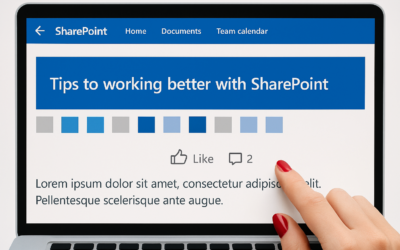When moving your sharepoint instance to another server group, watch out for synchronisation issues. For example, you may see a situation where old memberships from your old instance is still being shown.
The membership functionality strictly works off the users listed in the Members group of the SharePoint site. A point – if you are a owner of a site you may not see a membership update – The only thing we have to do now is insure the owner of the site is ALSO a member of the site in order for them to take advantage of the membership features.
You cannot directly edit the memberships or delete them from the UI. This information is taken from you being an member of a sharepoint site and is updated through Timer jobs.
You may have moved content database improperly. The ID for the content database is stored in the Config database. By not moving the content database properly you do not prepare the SSP for a new GUID, and the Timer Jobs will continue to try to sync with the old GUID not allowing us to sync with the new one.
The preparetomove operation was introduced before Infrastructure Update. Once SP2 is applied this is no longer required.
Try doing this:
a. Run the command stsadm -o sync -listolddatabases 1 You should then get a list of database GUID.
b. Run the command stsadm -o sync -deleteolddatabases 1 This will remove the record from the SSP database but will not touch the actual Content Database.
c. Then wait for the next sync and you should see memberships getting updated..










